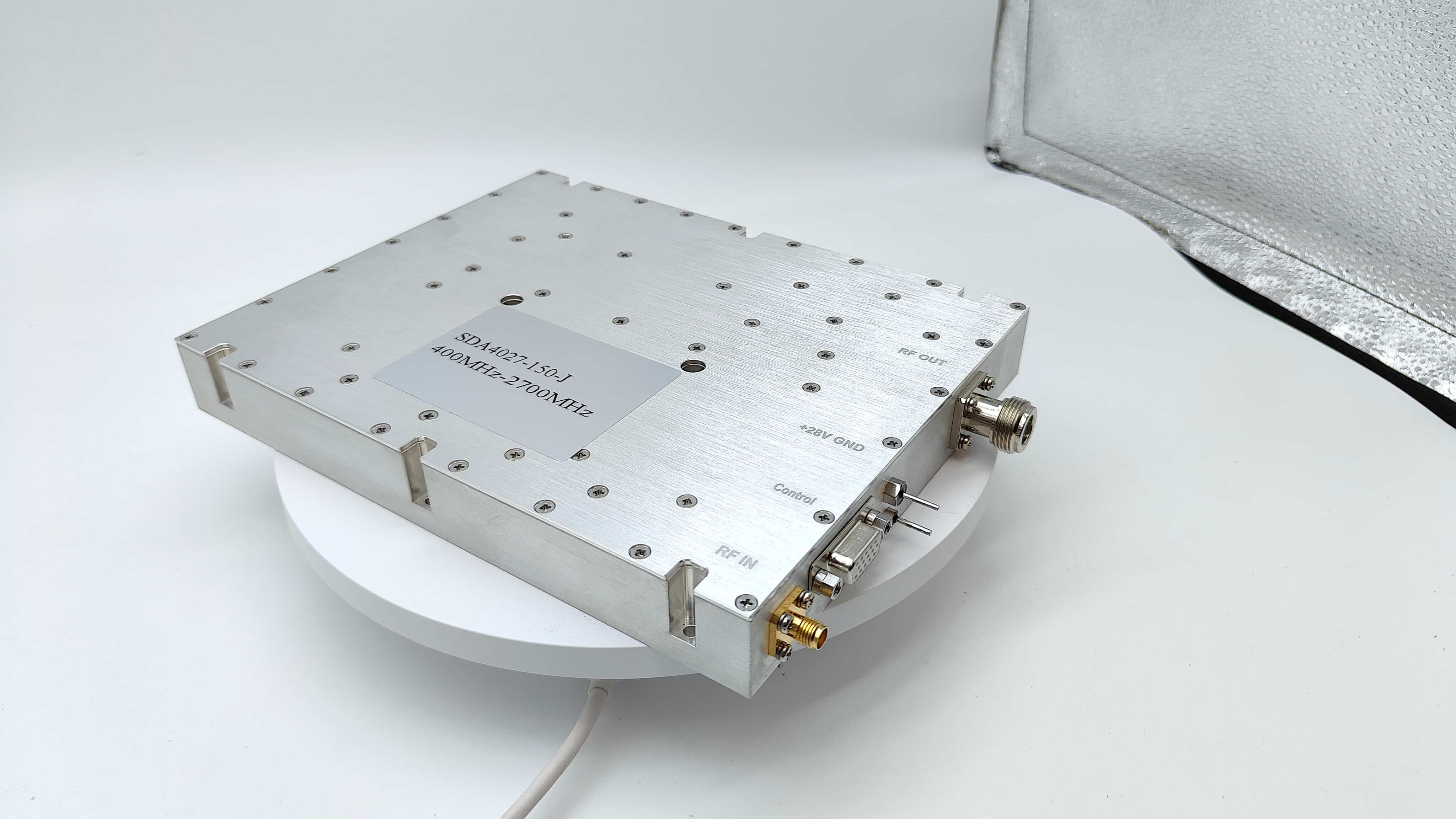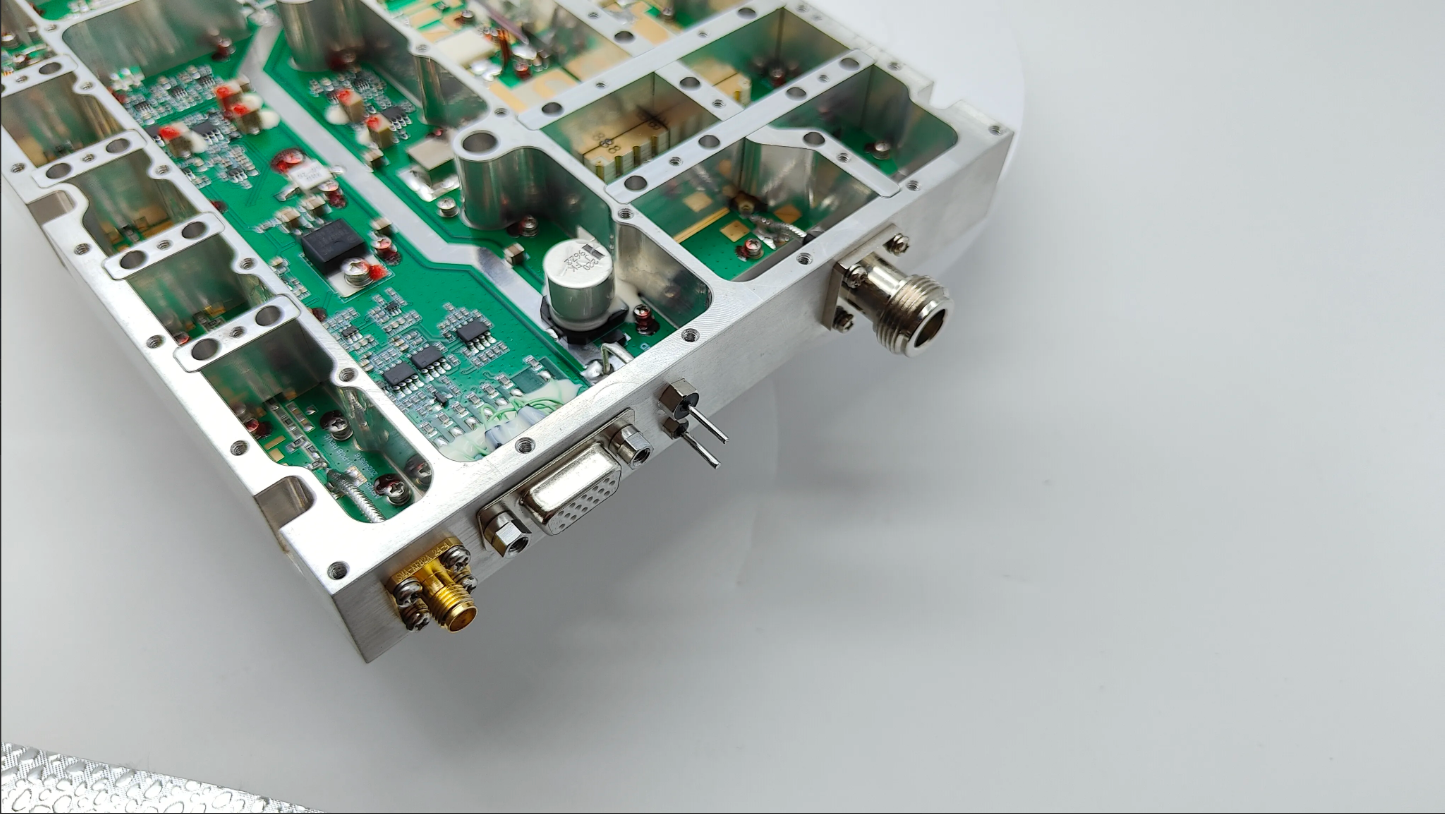Understanding Modern Antidrone Integration with Surveillance Systems
The convergence of antidrone technology with existing CCTV infrastructure represents a significant advancement in security systems. As organizations seek to enhance their defensive capabilities against unauthorized drone intrusions, the seamless integration of antidrone modules with CCTV networks has become increasingly critical. This integration not only maximizes the effectiveness of existing security investments but also provides a comprehensive solution for aerial threat detection and response.
The challenge of incorporating antidrone capabilities into established CCTV systems while maintaining real-time performance has been a primary concern for security professionals. Modern technological developments have made it possible to achieve this integration without compromising system responsiveness or creating operational bottlenecks. Understanding how these systems work together and the factors that influence their performance is essential for successful implementation.
Technical Foundations of Antidrone-CCTV Integration
System Architecture and Components
The foundation of successful antidrone module CCTV integration lies in its architectural design. The system typically comprises multiple layers: the physical CCTV infrastructure, the antidrone detection sensors, and the central processing unit that coordinates these components. Advanced integration platforms utilize dedicated processors and optimized algorithms to handle the simultaneous processing of video feeds and drone detection data.
Modern integration solutions employ distributed computing architectures, allowing for load balancing across multiple processing nodes. This approach ensures that the system can handle the intensive computational requirements of both CCTV surveillance and drone detection without creating processing bottlenecks or degrading performance.
Data Processing and Transmission
The efficiency of data processing plays a crucial role in maintaining low-latency operations. State-of-the-art antidrone modules utilize sophisticated compression algorithms and smart filtering techniques to minimize data overhead while maintaining high detection accuracy. The integration process prioritizes critical data streams and employs adaptive bandwidth allocation to ensure smooth operation during peak activity periods.
Real-time processing capabilities are achieved through edge computing implementations, where initial data processing occurs closer to the source. This approach significantly reduces the transmission load on the network and enables faster response times for threat detection and tracking.
Performance Optimization Strategies
Network Infrastructure Requirements
Successful antidrone module CCTV integration depends heavily on robust network infrastructure. High-bandwidth fiber-optic connections, optimized network topology, and quality of service (QoS) protocols ensure reliable data transmission between system components. Organizations must assess their existing network capabilities and make necessary upgrades to support the increased data flow requirements.
Implementation of dedicated virtual LANs (VLANs) for security systems helps isolate critical traffic and prevent interference from other network activities. This separation ensures consistent performance and maintains the integrity of both surveillance and drone detection functions.
Latency Minimization Techniques
Advanced buffer management and predictive processing algorithms play vital roles in minimizing system latency. These techniques anticipate data flow patterns and optimize resource allocation accordingly. The integration platform employs sophisticated queuing mechanisms that prioritize time-sensitive data while maintaining system stability.
Real-time monitoring and dynamic adjustment capabilities allow the system to adapt to changing conditions and maintain optimal performance. Automated load balancing ensures that processing resources are efficiently distributed across the integrated system components.

Integration Best Practices and Implementation
System Assessment and Planning
Successful integration begins with a comprehensive assessment of existing CCTV infrastructure and security requirements. This evaluation should consider factors such as camera placement, coverage areas, and current system capabilities. A detailed integration plan must address potential bottlenecks and specify necessary hardware or software upgrades.
The implementation strategy should include phased deployment procedures that minimize disruption to existing security operations. This approach allows for thorough testing and validation of each integration component before full system activation.
Maintenance and Optimization
Regular system maintenance and performance monitoring are essential for maintaining optimal integration functionality. Automated diagnostics tools help identify potential issues before they impact system performance. Periodic software updates and firmware upgrades ensure that the integrated system remains current with the latest security features and performance improvements.
Long-term system optimization involves continuous analysis of performance metrics and adjustment of system parameters. This proactive approach helps maintain consistent performance and enables the system to adapt to evolving security threats.
Future Developments and Trends
Emerging Technologies and Capabilities
The future of antidrone module CCTV integration holds promising developments in artificial intelligence and machine learning capabilities. These advancements will enable more sophisticated threat detection and automated response mechanisms while maintaining system efficiency. Integration platforms will increasingly incorporate predictive analytics to anticipate potential security threats and optimize system performance.
Next-generation integration solutions will likely feature enhanced edge computing capabilities and improved data processing algorithms. These developments will further reduce latency and increase the system's ability to handle complex security scenarios effectively.
Scalability and Adaptation
Future integration platforms will emphasize scalability and adaptability to accommodate growing security needs. Modular system architectures will enable easy expansion and upgrade paths while maintaining performance standards. Cloud-based integration options will provide additional flexibility and resource optimization capabilities.
The evolution of drone technology will continue to drive innovations in integrated security systems. Manufacturers are already developing more sophisticated detection and tracking capabilities that will seamlessly integrate with existing CCTV infrastructure.
Frequently Asked Questions
What are the minimum CCTV system requirements for antidrone integration?
A CCTV system should have digital IP cameras with minimum 1080p resolution, a robust network infrastructure supporting at least 1Gbps bandwidth, and sufficient storage capacity for extended recording. The system should also have modern video management software capable of supporting third-party integrations.
How does weather affect integrated antidrone-CCTV performance?
Weather conditions can impact system performance, particularly in severe conditions. However, modern integrated systems incorporate multiple detection technologies and advanced filtering algorithms to maintain reliability in various weather conditions. Regular calibration and weather-specific optimization help ensure consistent performance.
What is the typical implementation timeframe for integration?
The implementation timeline varies based on existing infrastructure and system complexity, typically ranging from 4-12 weeks. This includes initial assessment, system preparation, installation, testing, and staff training. A phased implementation approach helps ensure minimal disruption to ongoing security operations.

 EN
EN






